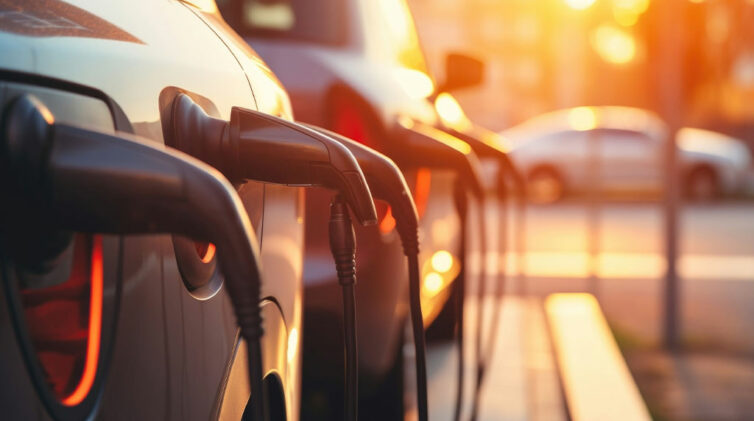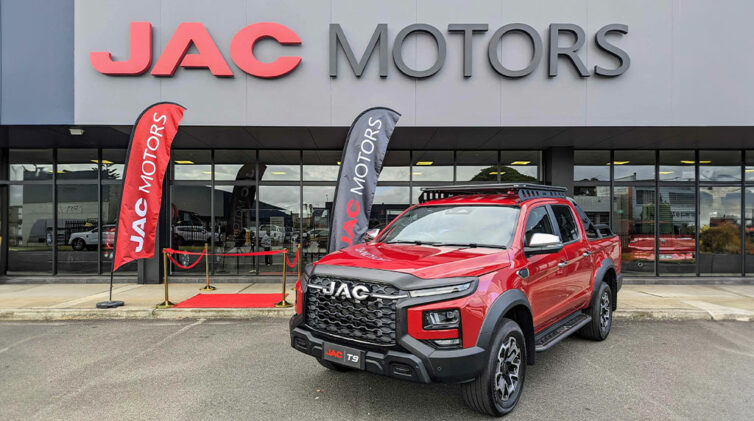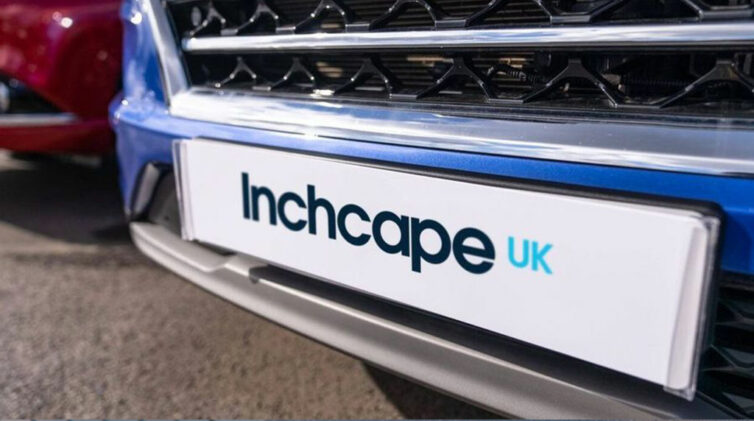But, it said, because of the specific demands of US customers OEMs will need “a US-centric product strategy” that differs from those aimed at European and Asian-focused customers.
Beryll said that by the end of the decade, EVs will comprise about one-third of the US market at the obvious expense of the ICE vehicle market.
It said the market share expected of EVs in the US was being driven by government subsidies for domestic manufacturers (the Inflation Reduction Act) and that this has spurred the growth of existing and proposed EV plants in the US from OEMs including Tesla, Polestar, Lucid and Volkswagen.
The report said that existing ICE manufacturers “face a tremendous transformation challenge.”
“Upstream EVs will require new chassis, body-in-white, E/E (electric/electronic) and e-drive capabilities among others,” the “Electric Vehicles in the US: Out of the Shadows” report said.
It also said that despite the perception that US customers mainly wanted utes – as indeed do Australians – the reality may be quite different.
“While the (outside) perception may be that US customers drive pickup trucks above all else, EV growth has had different sources so far,” it said.
“Customers rated their top three vehicle classes when shopping for a new vehicle (irrespective of powertrain/fuel type) as a mid-sized car (41 per cent), mid-sized SUV (37 per cent), and a small SUV (31 per cent).” This data was sourced from international market researchers Ipsos.
“By the end of the decade, electric SUVs are expected to make up 60 per cent of the EV market..
“While the pickup market will remain dominated by only three US brands, the SUV landscape is significantly more fragmented. The US EV game will be decided here.”
Beryll’s report said that “while the current US EV share cannot compete with Europe, the US will battle the EU for the runner up position behind China in volume terms with both regions forecasted to show annual EV sales above 6.0 million units by 2030.”
“With the Inflation Reduction Act aiming to provide an answer to China’s Made in China 2025 initiative and the Detroit Three announcing investments of more than $US115 billion ($A173b) in electrification by 2026, the US is positioning itself to move from EV niche to necessity.
“EVs are forecasted to grow quicker in the US than in any other market (34 per cent CAGR 2021-2030) compared with China (22 per cent) and the EU5 (33 per cent).
“Considering this growth and the substantial size of the US EV opportunity combined with US customers’ explicit and implicit product requirements, OEMs can no longer treat the US as another platform to sell their Europe/China-centric vehicles – a dedicated (product) strategy is required.”
The survey by Beryll dug deep into what consumers in different markets want from their EV.
Survey respondents in the US and Germany ranked “good fuel economy” as the most important criteria in choosing an EV, while the answer ranked second in China, beaten by “safety features are more important than styling”.
The second and third most popular demands in the US were “a vehicle that keeps its value” and one that has “low total cost of ownership.” In Germany, the two next-best requests were low ownership costs and in third position, “I really enjoy driving.”
Berylls said that beyond international differences, there are also three distinct attitudinal groups among US car buyers.
“Early EV adopters (current EV owners), EV considerers (those strongly considering EVs as the next purchase) and EV sceptics (currently not considering an EV) differ significantly in terms of their socio-demographics and top three purchase criteria,” it said.
“While EV adopters care about CO2 emissions and environmental sustainability, EV sceptics and EV considerers put a stronger weight on functional and economic aspects when evaluating EVs.”
It said that while the data indicates a clear path for EV OEMs and dealers to navigate, the stumbling block was that “US buyers (especially sceptics) are contradictory.”
It said that the Ipsos 2022 Mobility Navigator EV survey showed that US buyers cited good fuel economy, maximising residual value, and low total cost of ownership (TCO) as their top three vehicle features.
“However, in reality the F-150 – the top-selling vehicle in the US – is among the lowest of any car sold in the US in terms of fuel efficiency (range of EPA-estimated combined fuel efficiency of 12-25 MPG — equal to 19.6 L/100km and 9.4 L/100km respectively – depending on trim).
“It becomes clear that beyond economic factors the size and versatility of vehicles are clear purchase drivers for the US population.
“Fortunately, it is not an absolute necessity to convince the sceptics in the next few years – the segment of considerers is large enough to fuel the EV growth until 2030 and will certainly expand as EV technology shifts toward mainstream prominence.”
By Neil Dowling













 Read More: Related articles
Read More: Related articles

